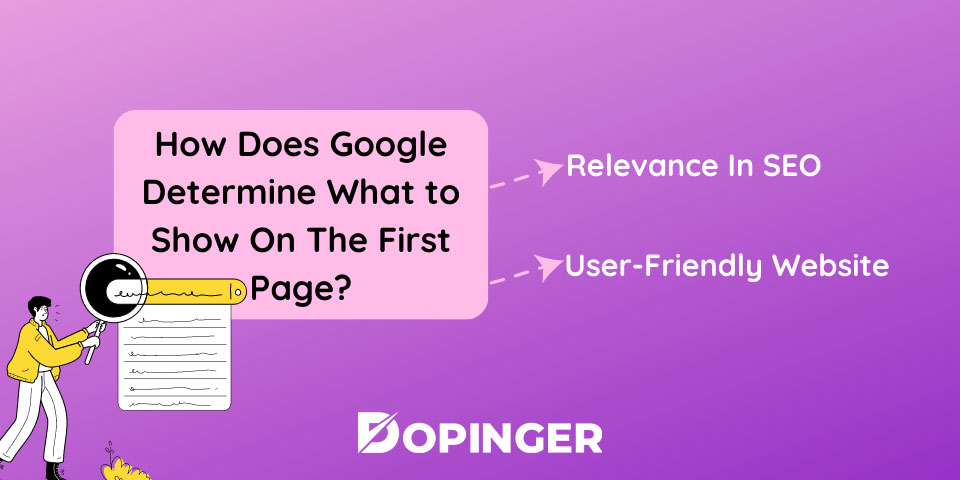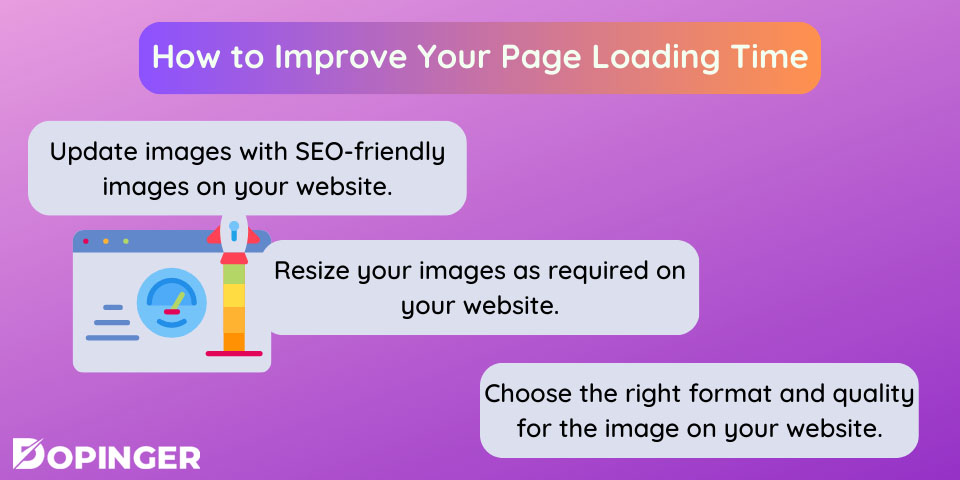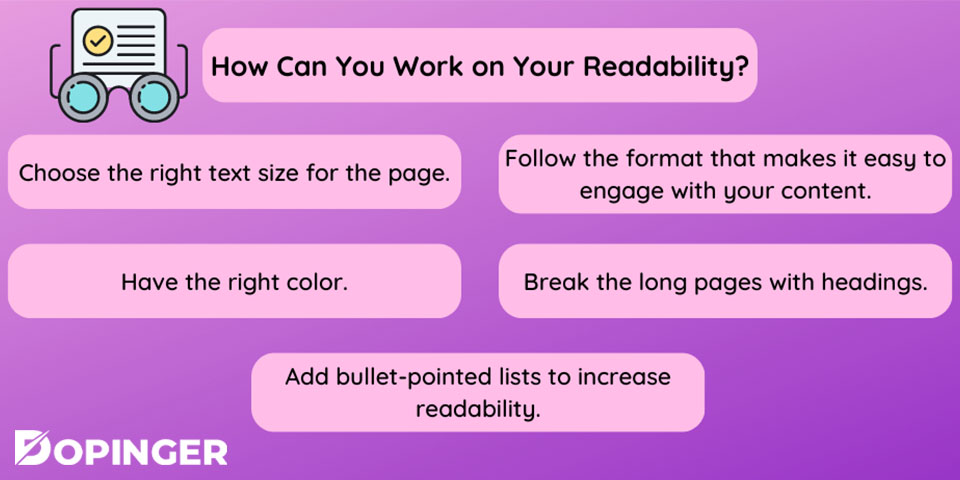When users search for something online, they typically check the first page of search results. Each page contains ten organic results, and websites that rank high on this page have strong search engine optimization (SEO). SEO increases your website’s visibility, helping it rank higher on the search engine results page (SERP). This higher ranking leads to more traffic and better visibility for your products or services.
SEO-friendly websites are designed to rank well on search engines, making it easier for people to find your business. In this article, we will explain why creating an SEO-friendly website is essential and provide actionable steps to help you optimize your website effectively.
How Does Google Determine What to Show On The First Page?
Google considers many factors when determining which websites to show on the first page. Understanding these factors is key to optimizing your site. Below are the most important elements Google focuses on when ranking websites:

Relevance In SEO
Relevance is crucial for ranking. Google checks if your website matches the user’s search intent. To make your website relevant, ensure that the content, keywords, and overall structure align with what your audience is looking for. Optimize for multiple factors to ensure your website consistently delivers relevant results.
User-Friendly Website
A user-friendly website is another major ranking factor. Google values sites that offer a positive experience. Focus on clean navigation, fast loading times, and an intuitive design that allows users to find the information they need easily. Enhancing user experience helps your website rank higher while keeping visitors engaged.
How to Make Your Website SEO Friendly
Creating an SEO-friendly website involves improving multiple aspects of your site to enhance its visibility and user experience. Here are some essential steps:

Multi-Device Design
Responsive design ensures your website adjusts to any device, whether it’s a mobile phone, tablet, or desktop. With mobile usage increasing, it’s essential that your website looks good and functions well across different screen sizes. A responsive design keeps users engaged, leading to better SEO performance.
Speed Up Page Loading Time
Page speed is directly linked to SEO and user experience. A slow-loading website increases bounce rates, as users are likely to leave if it takes too long to load. To improve loading time:
Reduce unnecessary plugins and scripts that slow down your site. Besides that, page speed and SEO relation are really important for website rankings.
How to Improve Your Page Loading Time
If the loading time is taking too long, you should then check your images on the website. Images are great for any website and create engagement with the content. However, the image also can drag your page loading time, which affects your SEO.

- Update images with SEO-friendly images on your website.
- Resize your images as required on your website. Compress the image size in order to increase your website load.
- Choose the right format and quality for the image on your website.
Meta Descriptions Of The Page
Meta descriptions, the short previews seen under page titles in search results, play a key role in drawing traffic. Write clear, concise descriptions (around 150 characters) that summarize your content and encourage clicks.
Add Internal Links On Your Website
Internal links help users and search engines navigate your site. Linking related pages encourages visitors to explore more of your content, which can improve page rankings. Make sure to link to relevant, high-quality content within your site.
Add Target Keywords to Your Website Content
Incorporating target keywords relevant to your industry helps your content rank higher. Use long-tail keywords (three or more words) to attract specific audiences. Conduct thorough keyword research to find the terms your audience is searching for. Integrate these keywords naturally into your content without keyword stuffing.
Optimize Header Tags
Header tags (H1, H2, H3, etc.) structure your content, making it easier for users to skim and understand. Google also uses headers to understand the content hierarchy. Ensure your primary keywords appear in headings and subheadings to improve readability and SEO.
How Can Headlines Help Create an SEO-Friendly Website?
Headings make it easy to read and stay organized, which keeps the reader on your website and makes them more interested in the content. Moreover, Headers show people what to expect next. You divide your content into different sections that make it easy to follow and understand.
Header tags can be one of the first things that you can start optimizing your website. To optimize your header, you need to include the most important keywords. Here are a few things to do about your header tags:
- Integrate relevant and significant keywords into your title.
That leads Google to understand your content and get higher rankings.
- Small headings like H2s and H4s
Add other keywords to other titles to help you create SEO-friendly content.
Check Your Content Readability
Content readability impacts user engagement. Ensure that your text is easy to read:
- Use a legible font size and contrasting colors.
- Break content into short paragraphs.
- Include bullet points and subheadings to make your content scannable. Readable content encourages visitors to stay on your page longer, benefiting your SEO.

- Have the right color; some colors make it difficult to read. Choose the fonts that stand out and increase readability.
- Follow the format that makes it easy to engage with your content.
What Should You Avoid When Developing An SEO-Friendly Website?
Lack of An SEO Strategy
Before you start optimizing, plan your SEO strategy. Conduct a thorough analysis of your site, identify issues, and define clear goals. Use SEO tools to track your site’s performance and make necessary adjustments.
Neglecting User Experience
A poor user experience can drive visitors away. Ensure your site is easy to navigate and visually appealing. Design your content and layout with the end user in mind to encourage longer visits.
Slow Page Loading Time
If your website takes too long to load, both users and search engines will notice. Optimize loading times by compressing images and limiting unnecessary plugins. Fast websites rank higher and provide a better experience.
Having A Poor Content
High-quality content is a cornerstone of SEO. Ensure your website provides valuable, relevant information to your audience. Avoid thin content or duplicate material, as Google penalizes such practices. Focus on delivering well-researched, informative, and engaging content.
Conclusion About How to Make Your Website SEO Friendly
In this article, we talk about what you need to know about SEO when creating a website. We hope this will help you to create your SEO-friendly website. While creating an SEO-friendly website, consider two main things as relevance and user-friendly. If you think you need help with all these steps, you might consider getting SEO services from an SEO agency.
Frequently Asked Questions About
SEO is search engine optimization, and it refers to the process of optimization. Optimization consists of technical content relevance that possibly impacts the website’s popularity.
Search engine optimization improves your website visibility among other websites. Working on your SEO helps you to attract more people to your products and services. So optimization is for anyone who needs to reach out to their target audiences.
An SEO-friendly website means that search engines can crawl the website and then analyze the content. SEO-friendly websites are one of the first ten results that list on the first page of the search result. Most importantly, they are popular pages and draw more web traffic.
SEO-friendly content is structured and well conveyed so that people can easily understand and find what they are looking for. SEO-friendly content is valuable that answers the audience’s questions and also attracts new audiences.
While it depends on what type of site you have, in general, you should avoid not having an SEO strategy, neglecting user experience, in addition to having a slow page, and poor content.





No comments to show.